Sequence Diagrams - Sequence Diagram Creation
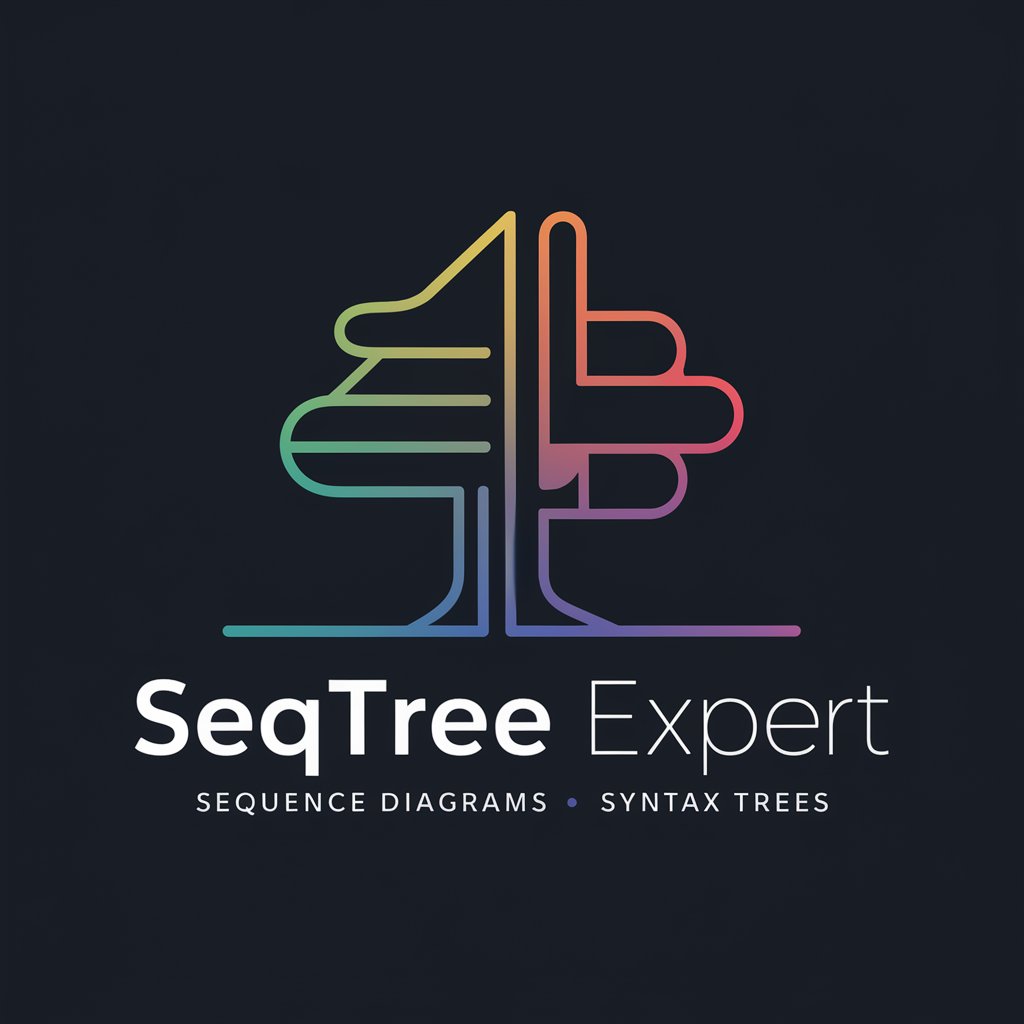
Welcome to SeqTree Expert, your guide to sequence diagrams and syntax trees!
Visualizing interactions with AI
Generate a sequence diagram for...
How can I construct a syntax tree for...
Provide an example of a sequence diagram showing...
Explain the process of creating a syntax tree in...
Get Embed Code
Introduction to Sequence Diagrams
Sequence diagrams are a type of interaction diagram used in software development and systems engineering to describe how objects in a system interact over time. They emphasize the order in which events occur, illustrating the dynamic behavior of a system by mapping out the sequence of actions and interactions between objects and components. A sequence diagram is characterized by its chronological sequence of messages and its focus on the flow of messages rather than the state of the system at any given time. The diagram typically includes participants (also known as objects), which are represented by rectangles with the object's name and class, and lifelines, which are vertical dashed lines that represent the object's presence over time. Messages, represented by arrows, are exchanged between participants along their lifelines to denote communication. A common use case is to model the flow of messages in a software application, providing a visual representation of scenarios or use cases, which helps in understanding complex functionalities and interactions. Powered by ChatGPT-4o。

Main Functions of Sequence Diagrams
Visualizing system interactions
Example
In an e-commerce application, a sequence diagram can illustrate the process of placing an order, including interactions between the customer, the shopping cart, the payment service, and the inventory system.
Scenario
This helps developers and stakeholders understand how the system components collaborate to complete a transaction, identifying potential issues and optimizations in the interaction flow.
Facilitating communication among stakeholders
Example
During the design phase of a new feature, sequence diagrams can be used to present how different parts of the system will interact, from user inputs through to backend processing and response.
Scenario
This visual representation aids in aligning the understanding of developers, designers, and business analysts, ensuring that all parties have a clear picture of the proposed functionality and its implications.
Modeling and analyzing system behavior
Example
For a software system that processes financial transactions, a sequence diagram could model the flow of messages between components such as user interfaces, security services, and transaction processing modules.
Scenario
This enables developers to analyze the system's behavior in handling transactions, ensuring that the sequence of actions meets both functional and non-functional requirements, such as security and performance.
Ideal Users of Sequence Diagrams
Software Developers
Developers use sequence diagrams to understand, design, and communicate the internal workings of software applications, focusing on how objects interact to perform a function. This aids in both the development of new features and the troubleshooting of existing functionalities.
Systems Engineers
Systems engineers utilize sequence diagrams to model and analyze interactions within complex systems, ensuring that the components work together seamlessly. These diagrams help in identifying potential bottlenecks or inefficiencies in the system's architecture.
Business Analysts and Product Managers
For business analysts and product managers, sequence diagrams offer a way to visualize and validate business processes and system requirements, facilitating clear communication of expectations and functionality between technical and non-technical stakeholders.

Using Sequence Diagrams: A Step-by-Step Guide
Start with a Free Trial
Begin by accessing yeschat.ai to explore sequence diagrams without needing to login or subscribe to ChatGPT Plus.
Identify Your Requirements
Understand the interaction or process you wish to diagram. This includes identifying the objects, actors, and the sequence of messages exchanged.
Draft Your Diagram
Use drawing tools or software that supports sequence diagram creation to sketch your diagram. Focus on clarity and accuracy of the interactions.
Refine and Review
Iterate on your diagram to improve its readability and correctness. Make sure it accurately represents the sequence of actions and interactions.
Share and Collaborate
Use your diagram to communicate complex processes with your team or stakeholders. Seek feedback for further refinements.
Try other advanced and practical GPTs
MJ Storyboard Sequence Assistant
Craft Cinematic Storyboards with AI
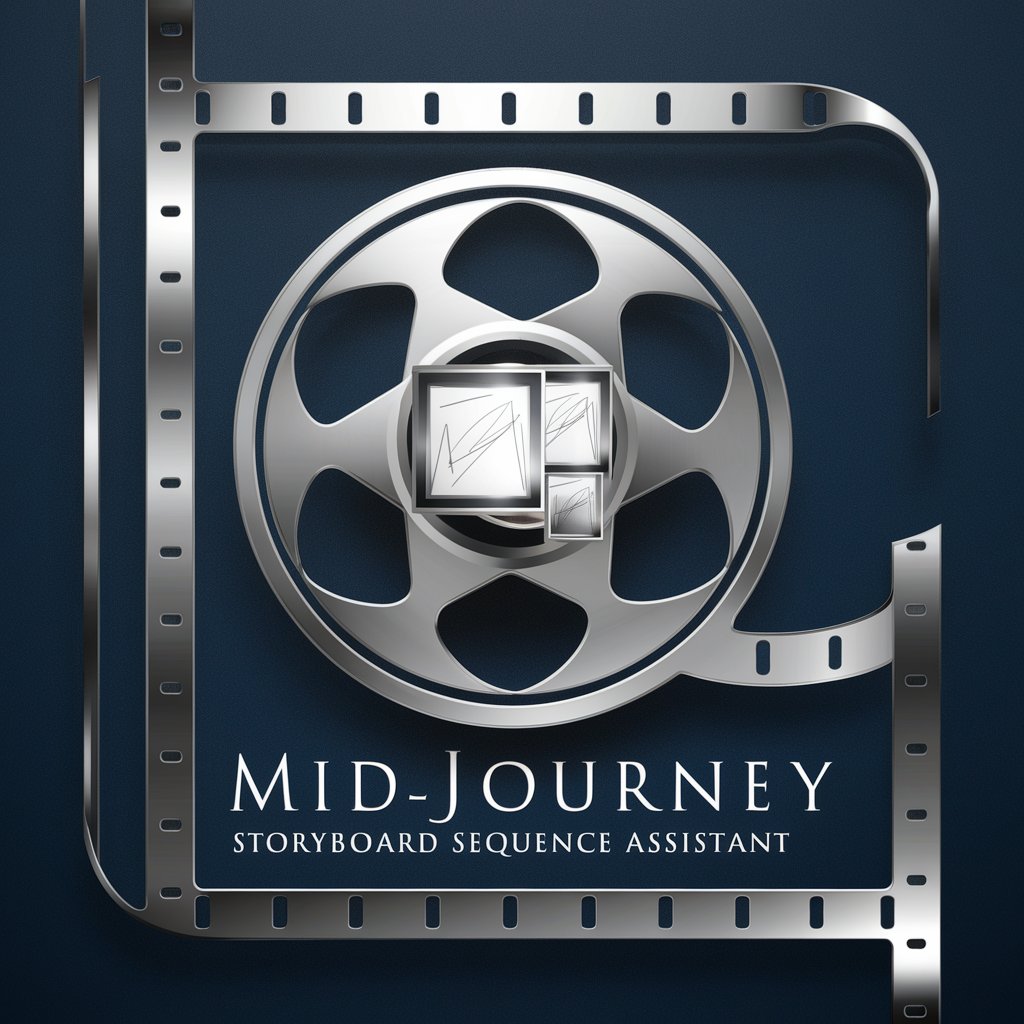
Sequence Riddle Challenge
Sharpen Your Mind with AI Puzzles
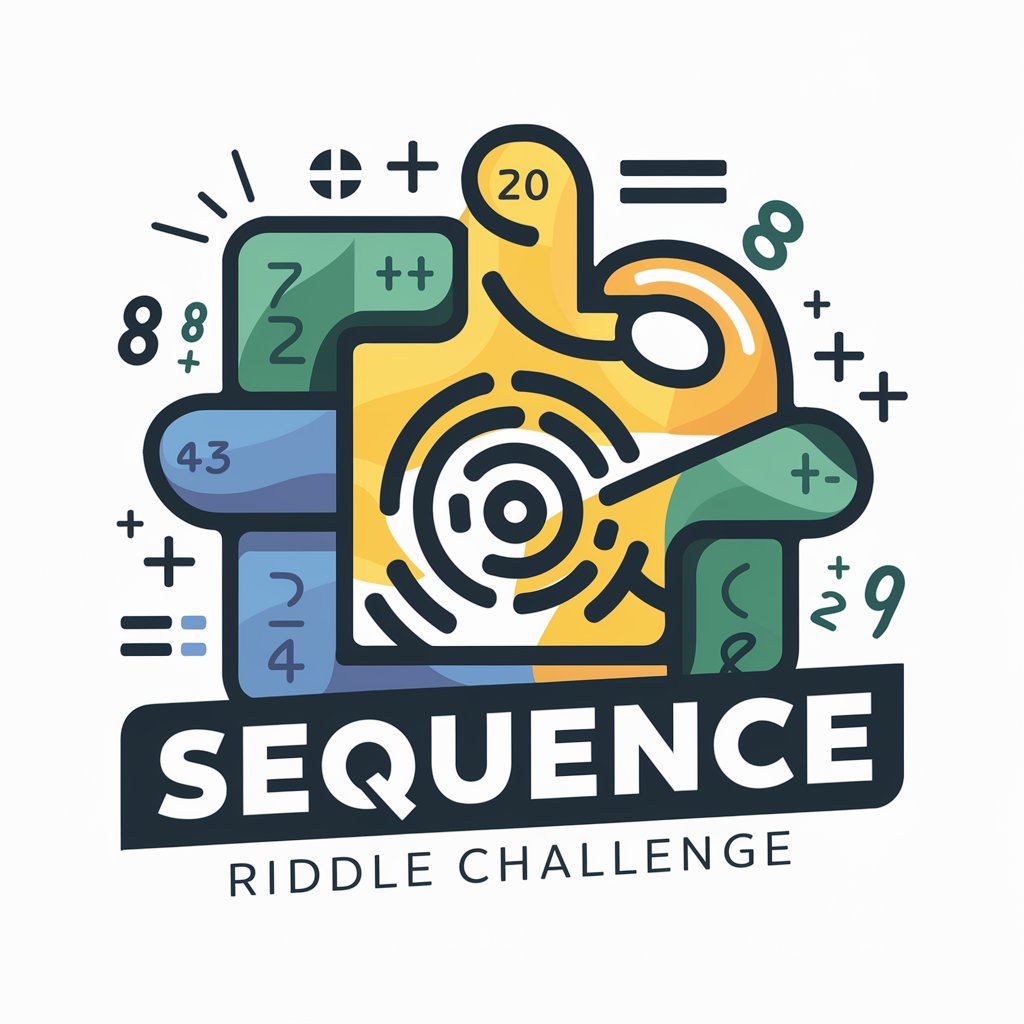
Platinum PM Sequence Builder
Automate Engagement, Empower Sales

Sequence Sage
Master Number Sequences with AI
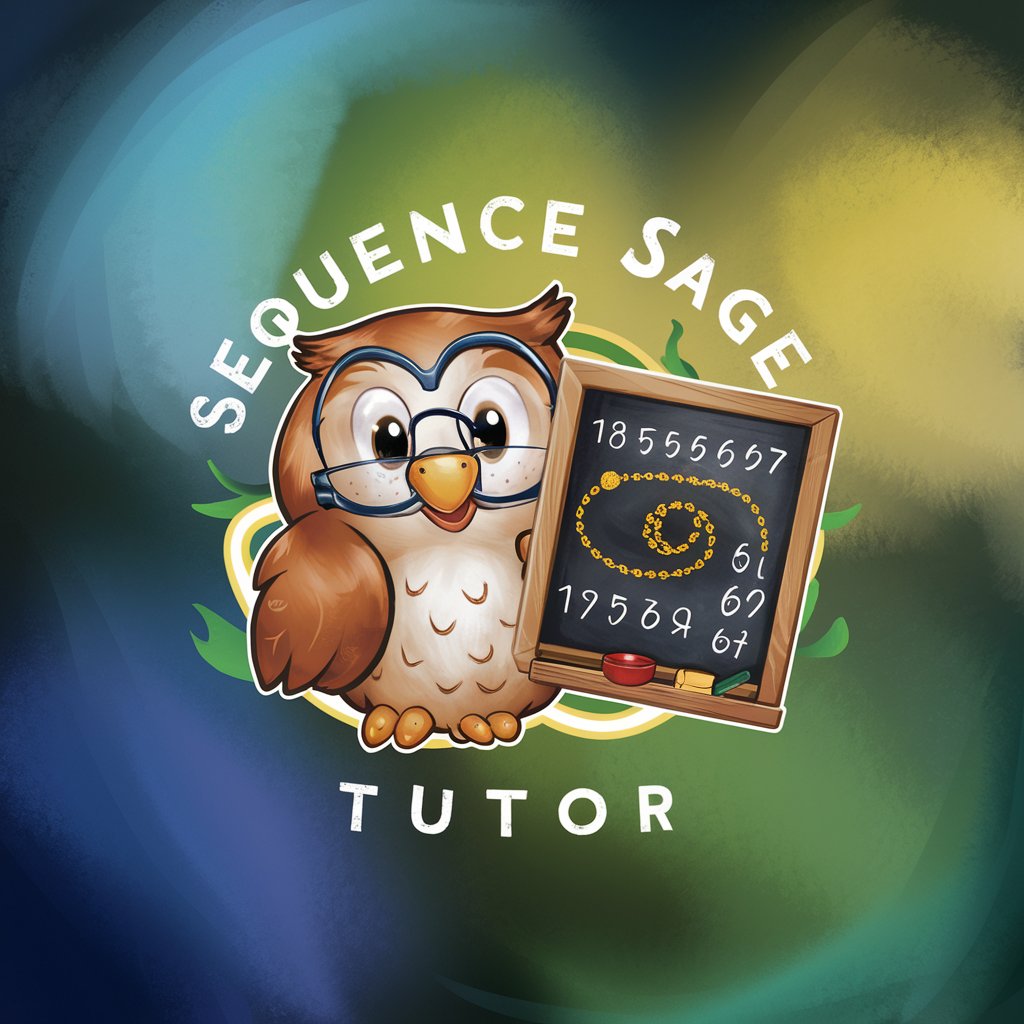
Sequence creator
Automate your diagramming effortlessly
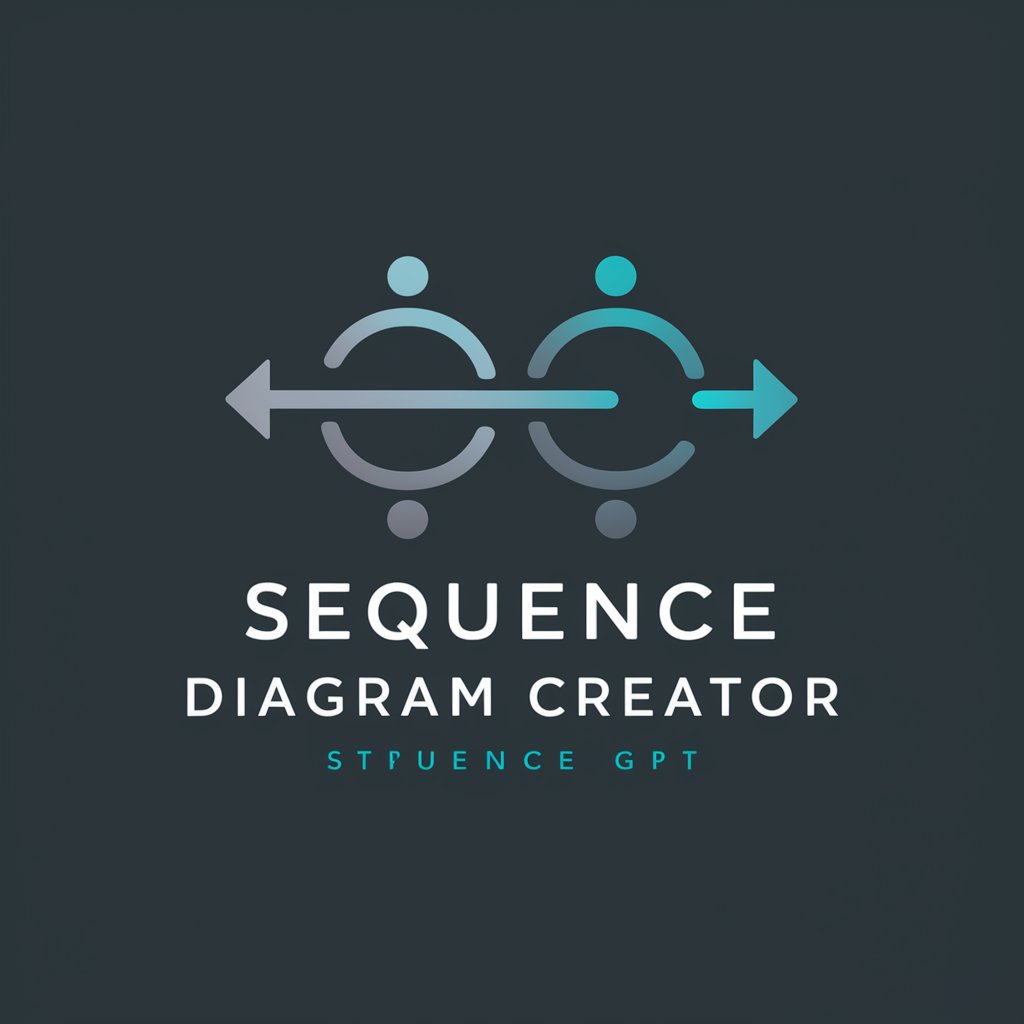
Sequence Scholar
Decoding Numbers with AI

Hall of Light Amiga Expert
Unleash the power of Amiga gaming history.

Hall of Fame Sports Guide
Insightful Journey Through Sports Legends

Dining Hall Menu Designer
Smart, AI-powered culinary design.

SEO-GPT
Empower Your Content with AI

Azure ML Expert
Elevating Azure projects with AI expertise

TRADUCTOR INGLES
AI-Powered Language Translation
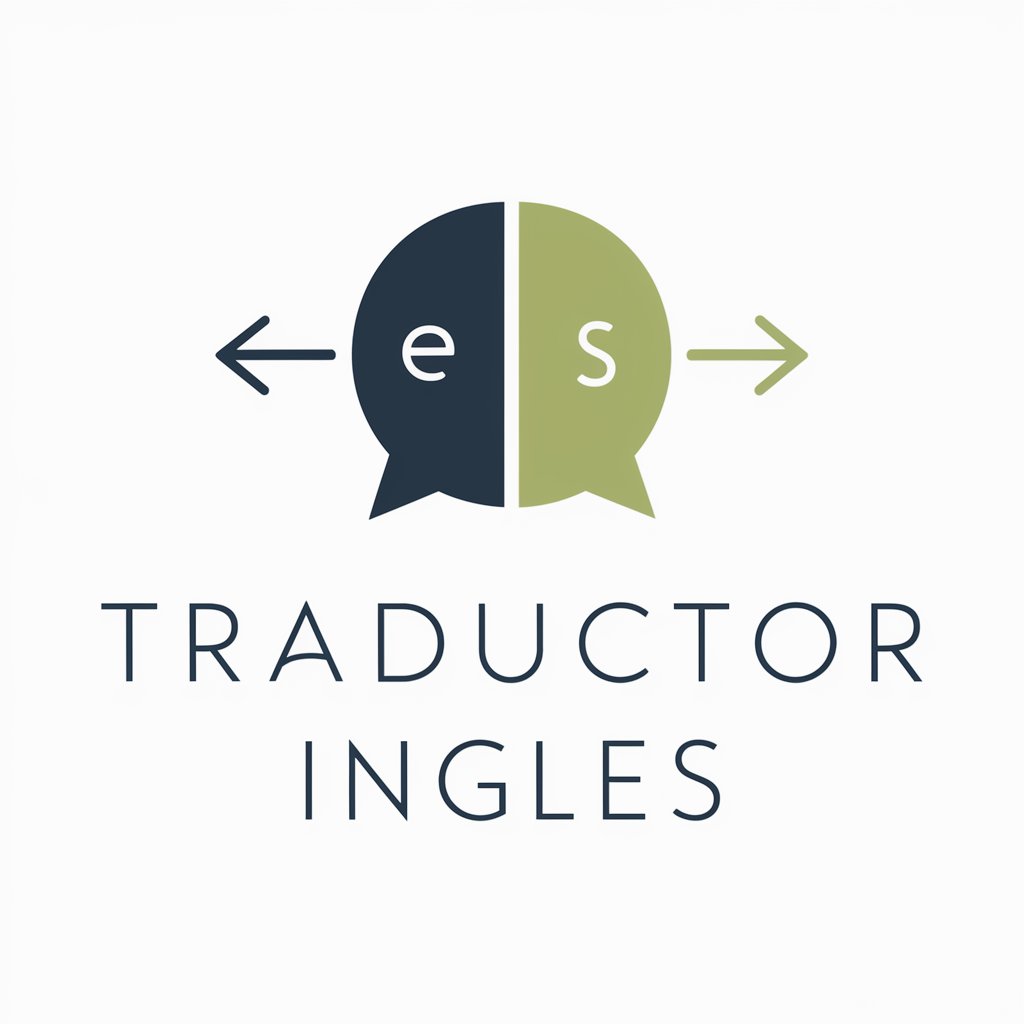
In-Depth Q&A on Sequence Diagrams
What is a Sequence Diagram?
A sequence diagram is a type of interaction diagram that shows how objects operate with one another and in what order. It visualizes the sequence of messages between objects for a particular interaction.
Why use Sequence Diagrams?
Sequence diagrams are used to model the dynamics of a system. They help in understanding how system components interact over time, making them essential for designing and debugging complex systems.
Can Sequence Diagrams model asynchronous calls?
Yes, sequence diagrams can model asynchronous calls. They use specific notations like open arrowheads and dashed lines to denote asynchronous messages and return flows.
What are lifelines in Sequence Diagrams?
Lifelines represent the existence of an instance in a particular time frame in a sequence diagram. They are depicted as a vertical dashed line that extends downwards from an object's name.
How do Sequence Diagrams handle conditional flows?
Sequence diagrams can represent conditional flows using alt frames, which divide the sequence into fragments. Each fragment is guarded by a condition, showing different sequences based on those conditions.
